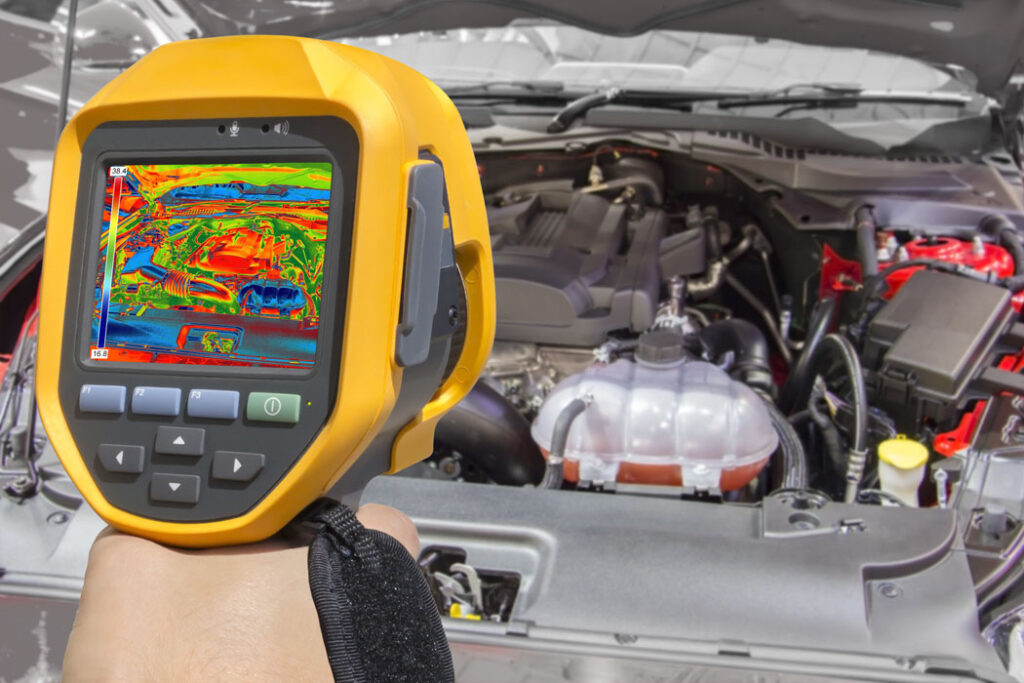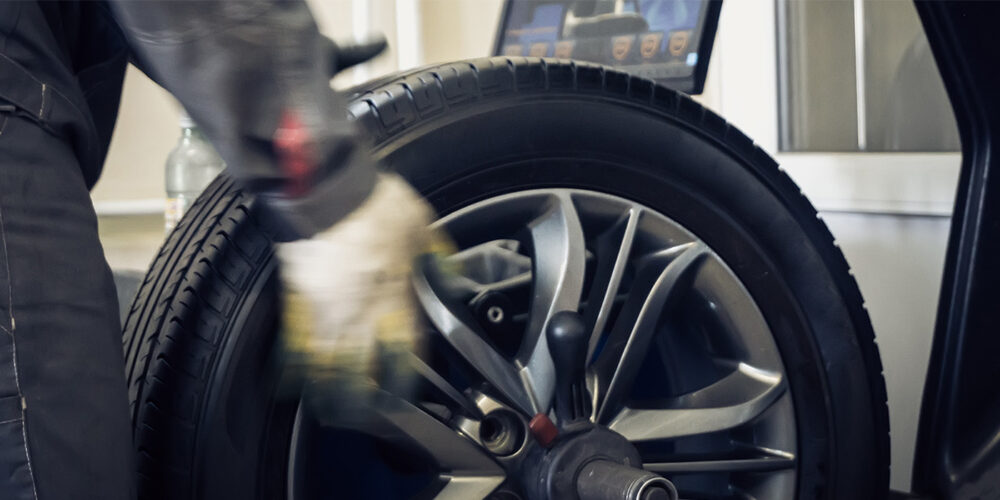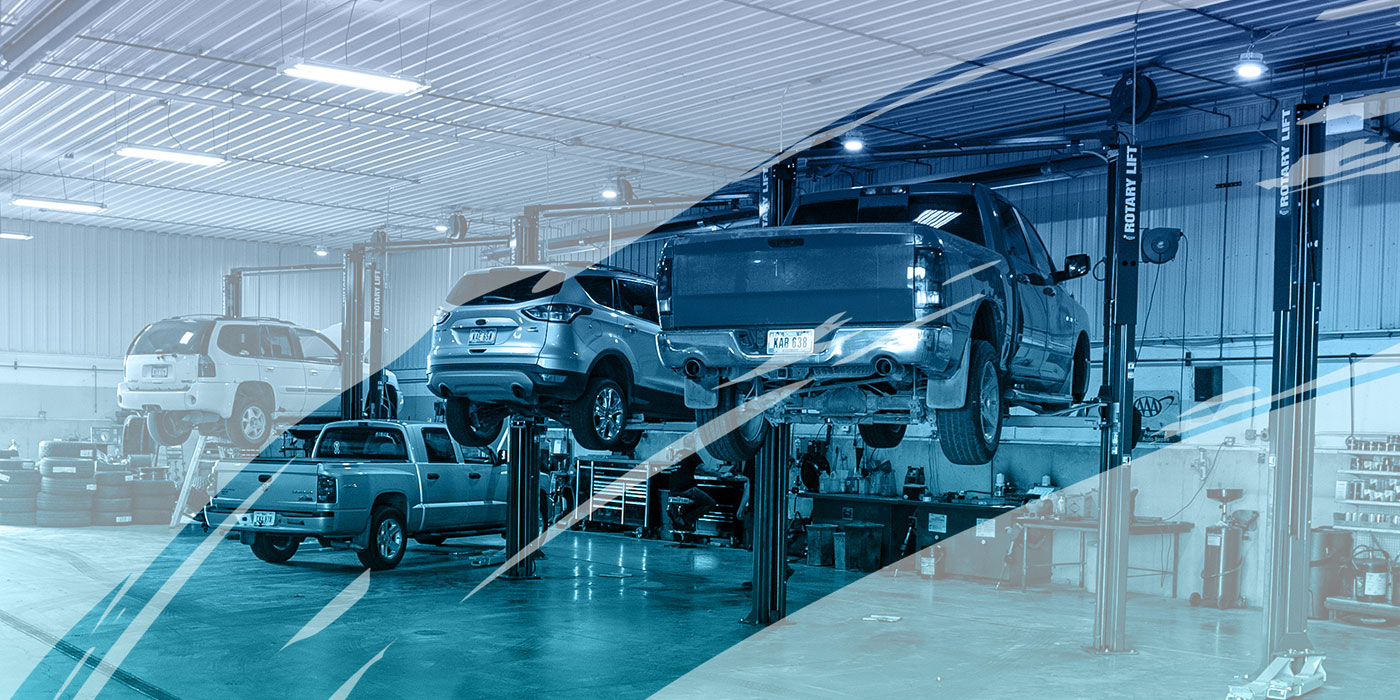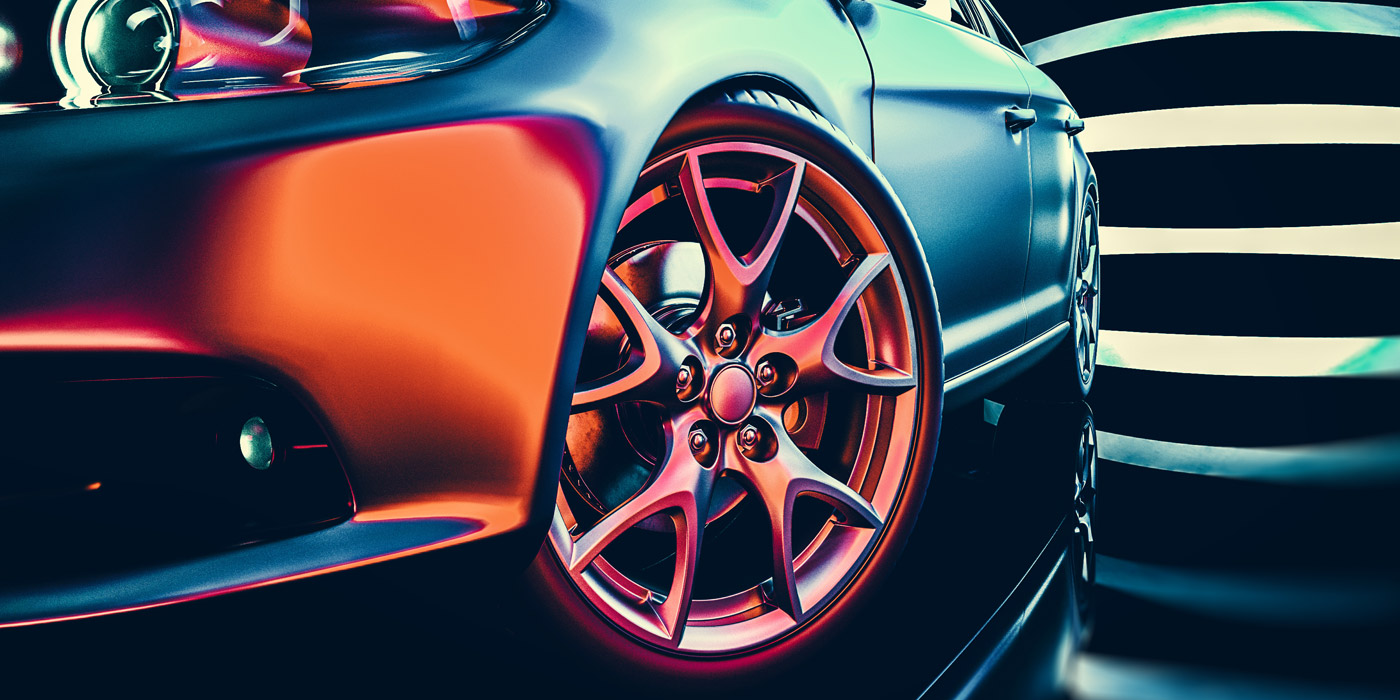When does the diagnostic process start? It’s not when you connect a scan tool or even when you pull the car in your bay. It starts long before, the minute your customer first explains their concern. It starts by the questions you ask and digging for as many details as you can from them before you even walk out to the car.
You are deciphering their senses and observations. Then you put trust in your own. Your sight, hearing, touch and smell. All of these are on full alert as you pull in their car and begin the inspection. Your senses are critical to the diagnosis, but what happens when you can’t see what you need to see or hear what you need to hear?
That’s when modern audio and visual enhancement tools become a critical part of your diagnostic arsenal.
If you remember the pre-electronic era, you certainly remember a selection of side-view and rear-view mirrors saved from a parts car that gave a wider range of view than a mirror on a stick. Wedge it in just the right spot and you might get lucky and see what you are looking for. Or maybe you got a coworker to load the drivetrain while you looked for something moving or shifting underneath. This would sometimes suffice but tied up a lot of time.
Then there was the illusive noise. As early electronics struggled to meet with consistent performance and accuracy expectations, many technicians were left deciding whether or not to spend their money on something that might be finicky at best when they try to use it. A lot of us held off, and instead stuck with low-tech guesswork. Admit it … how many times did you ride in the trunk listening for a noise or threw the young guy in the back while you drove?
These low-tech and old-school methods were the mother of invention for tool companies and it’s the demand for new and better ways that has driven the creativity of the tool industry.
“The most common questions I am asked relate to new electronic tools and equipment, and audio/video tools are being sought out more than ever by technicians today,” said Denny Morgan, an authorized Matco Tools distributor.
Tool companies are responding to the demand for modern audio/video technology by investing in continuing research and development of tools that enhance our ability to utilize our natural senses.
“The tool industry as a whole is dedicated to integrating technology into unique and beneficial platforms for the automotive technician,” said Marina Wolk, senior product manager of Ullman Devices.
New technology has met, and in many cases, exceeded every expectation of accuracy and as technicians, we can benefit from the cutting edge of advancement in tool design and creativity with audio and visual equipment that expands our diagnostic approach.
Audio Tools
It always lightens the mood to poke a little fun at the way we used to do things, but to give due credit to the audio side, the traditional stethoscope has provided many an accurate diagnosis over the years. It’s a simple principal that just works. There’s also the tried-and-true that we’ve all seen or done; a mechanic grabs a screwdriver and puts one end up to an engine block and the other end up to their ear for noise diagnosis. It does work, and I know I’ve seen the Fonz do it, so it must look pretty cool too.
The original chassis ear featured microphone clamps that you could install under the car. It could be considered the original entry into electronic audio tools and, while useful, you had to carefully secure the wires and run them into the car, then connect them to the receiver. The drawbacks are obvious, but nonetheless they work, and you can still get them in this basic configuration.
A wireless chassis ear gives you the same ability to pinpoint the source of noise, but with modern dependability and no wires. Install transmitters anywhere you want to listen, then drive the vehicle and switch between channels. When the noise is loudest, you’re in the right place.
Take the original chassis ear, add a docking station for your smart phone, and you’ve just given yourself the ability to pinpoint noises and see sound-level readings as well as peak and real-time values. Your smart phone is now a state-of-the-art sound detection device that will also record sound events and allow you to email them to other technicians for a second opinion, or to customers for confirmation of what they are hearing. If it “sounds” too good to be true, it’s not. Check with your local tool dealers.
Moving up the line to add greater convenience is the next logical step in this category, the Bluetooth chassis ear. Turn your smart phone into a high-tech piece of diagnostic equipment, with no wires to get in the way. Custom-designed apps allow you to examine several different waveforms for pinpoint diagnosis.
The traditional stethoscope, while still available and quite useful, has gone electronic as well, offering an additional degree of pinpoint accuracy. The technology has also been adapted to use with your cell phone, giving you the ability to view a sound wave graph as well as output levels in digital or analog.
Rounding out the audio category are ultrasonic listening tools, which work especially well for air and vacuum leaks and are very helpful to pinpoint faulty seals, gaskets and weather stripping in passenger compartments.
Visual Tools
A borescope is certainly not a new development and their usefulness needs no explanation. Areas you cannot see have always been a challenge, and while the traditional borescope was invaluable for what it offered us, its presence is less and less common in an automotive tool catalog.
Modern electronics have transformed the borescope into a diagnostic masterpiece. No more adjusting the eyepiece and peeking through a small hole, now a long list of options is available to suit your needs and budget.
“LCD screens offer bright, full-color images and make it easy to view where you’re looking, with a variety of different sizes and resolutions to choose from,” Morgan said.
Still-image capturing, internal memory and SD card storage are offered on many units, with video capturing available on some.
Different lens angles offer increased versatility, and other common options include touch screens, USB ports, Windows and smart phone compatibility and analog video-out ports.
Taking things one step further is the option for air conditioning and evaporative/vacuum system leak detection, made possible with an imager camera featuring a true UV light source for increased capabilities on these types of diagnostics, as well as detection of fluid dyes.
Screen-less video scopes turn a smart device into the screen and control panel and offer the ability to capture still images, video and sound.
Outside the realm of a video scope are other tools such as a digital inspection mirror, which is a camera on a telescopic handle. The steady control and uniform inspection that you gain with a rigid handle is transmitted wirelessly to your smart device for inspection and recording of still images.
A thermal imaging device is a diagnostic miracle worker, certainly deserving a mention, using infrared imaging technology to measure and display heat from any source such as cooling systems or electrical consumers. There are dozens of potential uses in automotive diagnosis, and one of the more useful features is the fact that they allow you to view an entire image that reflects the temperature of all components, allowing for quick comparison with good components.
Air conditioning systems, brake systems, belts and bearings are just a few more examples of components that leave a tell-tale heat signature, adding accuracy and efficiency to your diagnostic process.
So, your common senses; you take them with you wherever you go, but technology has enhanced them to become very valuable in the diagnostic process.














